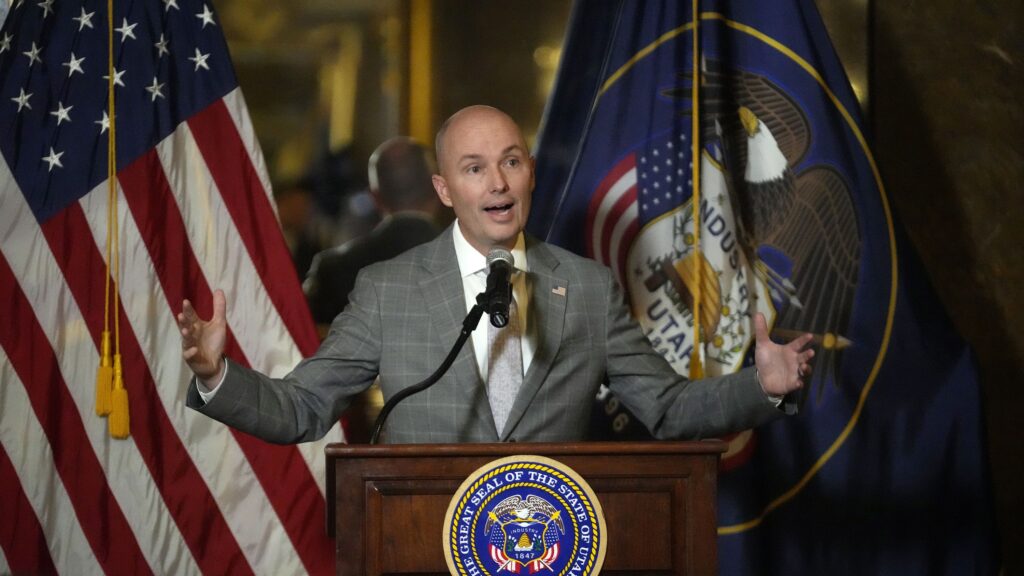SLOAN | Polis, Colorado embrace the war on warmth


Gov. Jared Polis found himself in a bit of a dilemma recently. He didn’t obtain for Colorado a waiver from federal ozone pollution regulations despite the fact much of that pollution is from out of state. Nevertheless, he’s effectively condemning the federal agency who’d grant that waiver, the Environmental Protection Agency, for reclassifying the Denver Metro North Front Range to “severe” non-attainment of federal ozone guidelines.
That reclassification triggers enforcement actions from the EPA, including mandating a switch to reformulated gasoline – which is more expensive on the order of 20-to-40 cents-per-gallon – for the nine impacted counties.
Well, apparently it took that for Polis to realize his mistake. Of course, it seems Polis’s response is compounded by the fact this is an election year, one in which historically high gasoline prices have been center stage. He’s since dutifully written to the EPA begging them to reconsider, and suggesting legal action if they don’t. The EPA, apparently unmoved by Polis’s political aspirations, wrote back telling Polis and the state, in dry government prose, to pound sand.
It would appear to be too late for Polis, or anyone else in state government, to undo that particular, and expensive, regulatory misstep. But there are plenty of other knee-jerk policies that are entirely within the state’s control which will prove just as expensive and no more effective.
There is a trendy push right now to electrify everything, in service of planetary salvation. The theory goes that if we take everything that requires non-electrical energy – i.e. gas powered vehicles, natural gas heating and appliances, and so forth – and require them by fiat to be run on electricity instead, the result will be a planetary carbon-less rebirth to rival the creation of Eden. Colorado, naturally, is tagging right along, first with the electric vehicle mandates we are nowhere close to approaching, and now with proposals coming from the state Public Utilities Commision (PUC) and elsewhere that would essentially ban the use of natural gas in new buildings. Well, other than the natural gas used to generate the electricity, of course. I digress.
Setting aside for a moment the fact that electricity for the most part comes from natural gas – something on the order of 75% to 80% – the pitfalls of the building electrification craze are not difficult to discern. That this will be expensive is undeniable. It is cheaper to pipe natural gas directly to a furnace or a stove than it is to deliver it in its processed form – electricity.
I don’t know if anyone has done the calculations, but I would guess that some politician in the state mentions affordable housing as a problem about once every 15 seconds. And yet we still manage to keep shoveling more and more costs onto building codes, zoning laws and development. It is akin to addressing the problem of being mired in debt by racking up another credit card (I will leave discussion of the federal budget to another time).
Of equal, or even greater concern, is the question of whether or not the electrical grid can handle all of this new electrification. These policies don’t exist in a vacuum, and the cumulative effects of chimerical energy policy during the past several years will not be consequence-free. Renewable mandates translate to a reduction in reliability, especially as the aggressive nature of the policy means that generating plants will shut down with nothing to replace them.
California offers a pretty good indication of how this will start to play out. The state’s renewable mandates have kept the Golden State teetering on the edge of rolling blackouts pretty much perpetually, to the point where last summer we witnessed the absurd situation where people in a state that just required all new vehicles sold by 2035 to be electric were told not to charge their electric vehicles at the times most convenient to do so, because there simply isn’t enough electricity to go around. To add insult to injury, Californians are paying exorbitantly more on their electric bills for the privilege of having less electricity.
Is the cost and risk of stampeding toward building electrification worth it? Well, according to the World Resources Institute, using the latest data from Climate Watch, the U.S. is responsible for 12.67% of worldwide greenhouse gas emissions. Of that 12.67%, Colorado is responsible for 2% – that’s about 0.25% of global emissions. Of THAT, all buildings, commercial and residential combined, make up about 9.8% of Colorado’s total – 0.03% of the worlds GHG.
Those are not exciting numbers, making it exceedingly difficult to argue that banning natural gas in Colorado’s buildings is going to make a whit of difference in addressing global climate change. Those figures become even less comfortable as one contemplates that they are the justification for paying much more for much less comfort.
Kelly Sloan is a political and public affairs consultant and a recovering journalist based in Denver.













